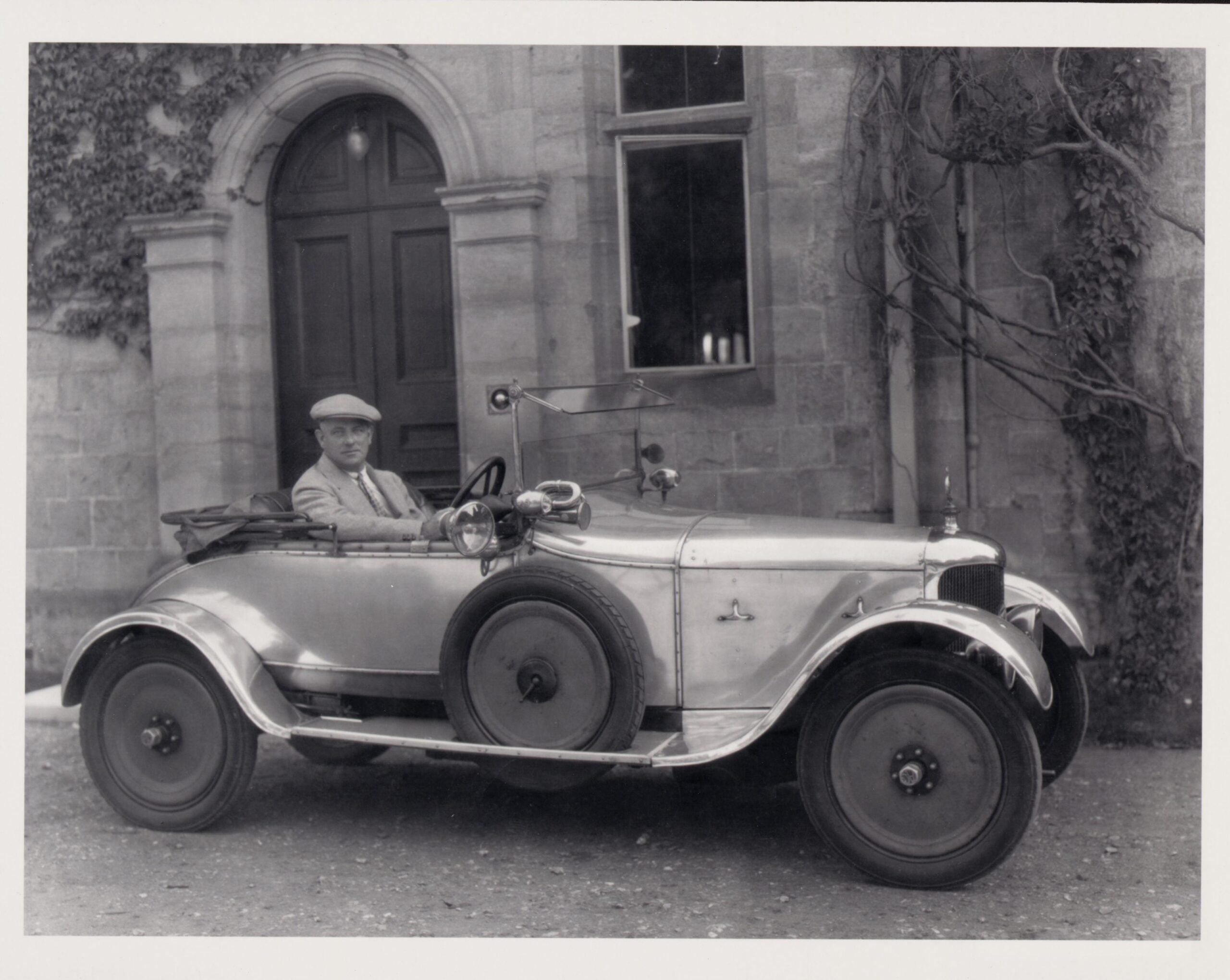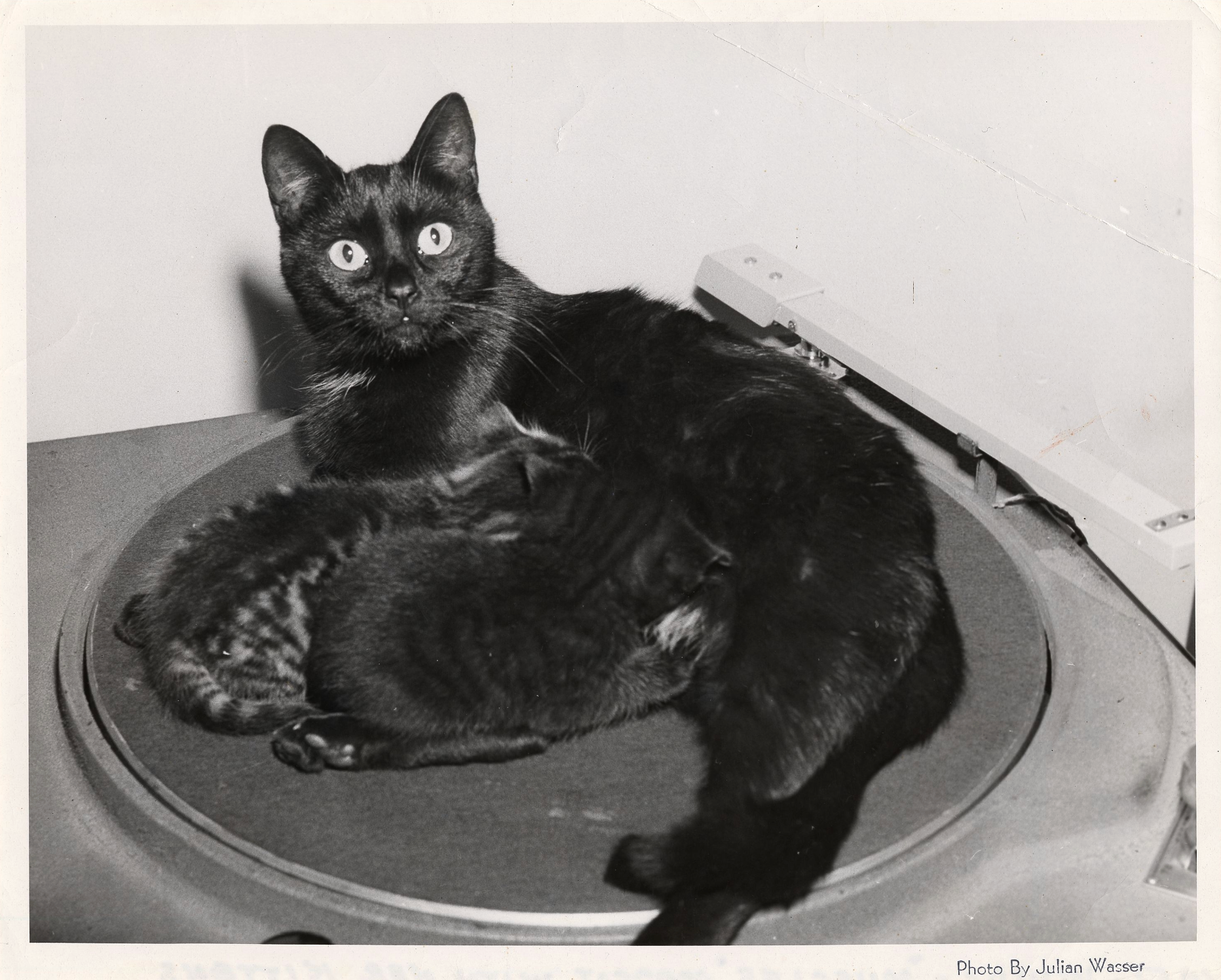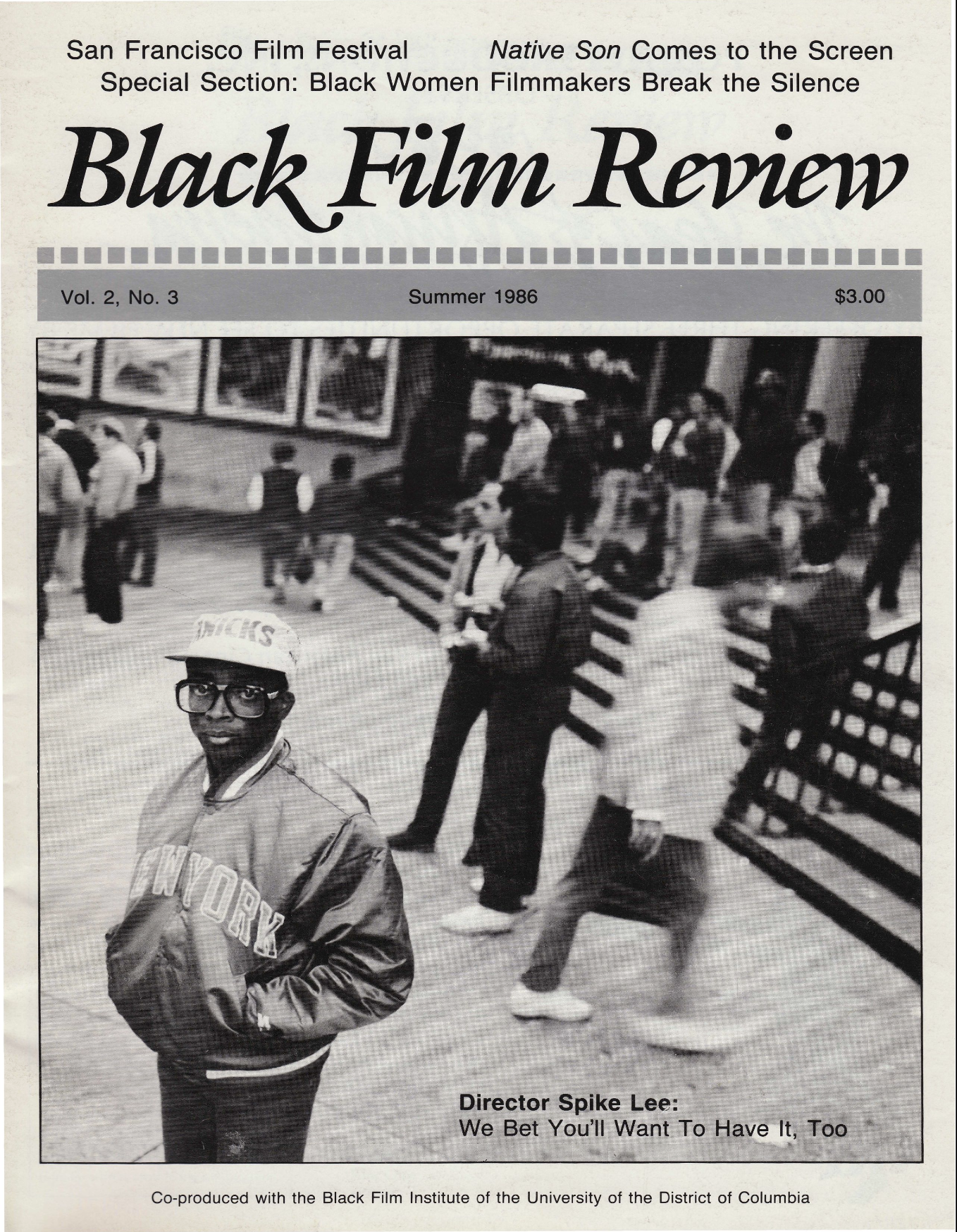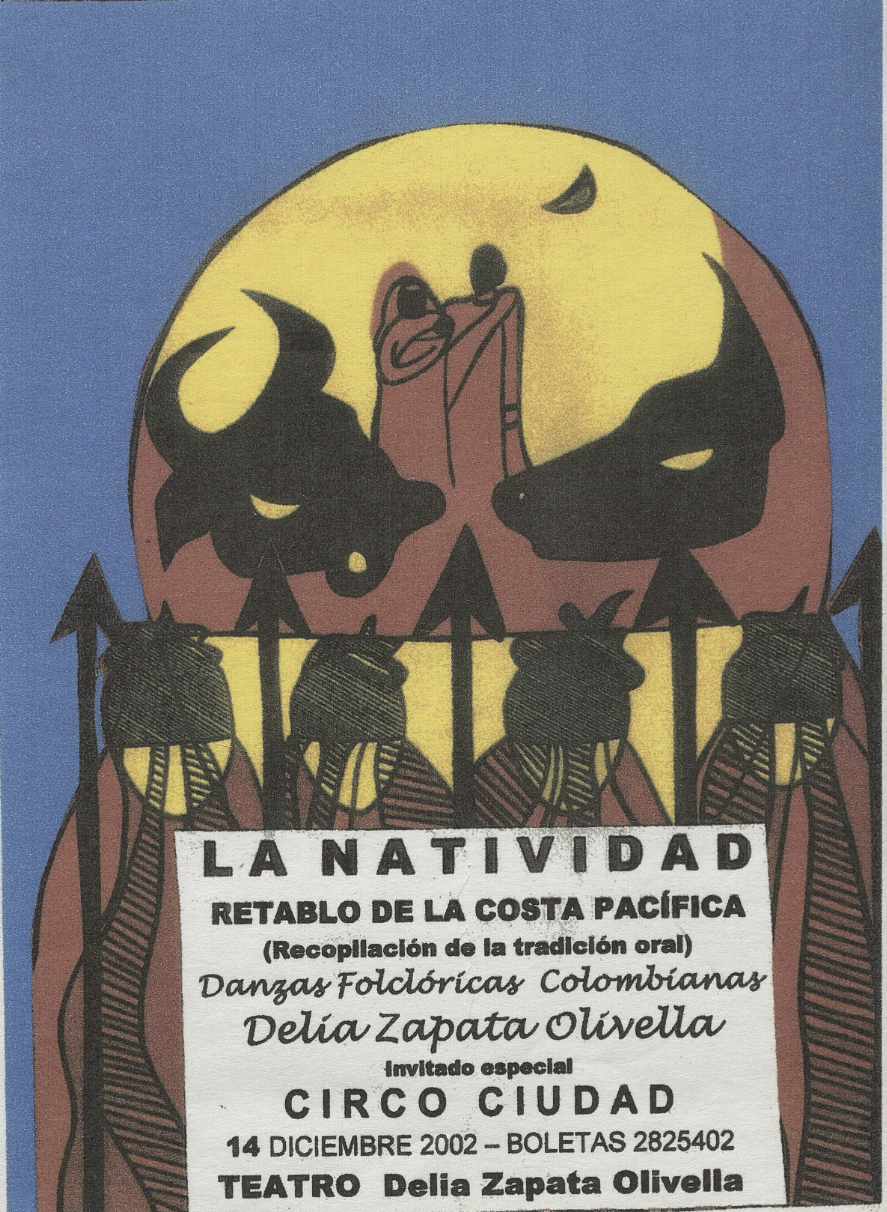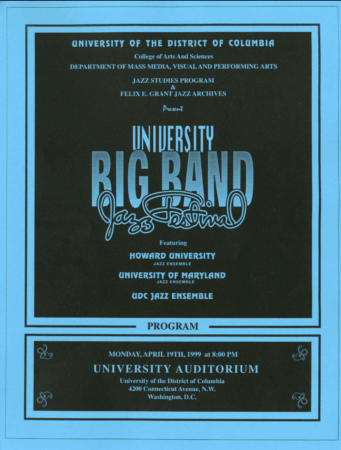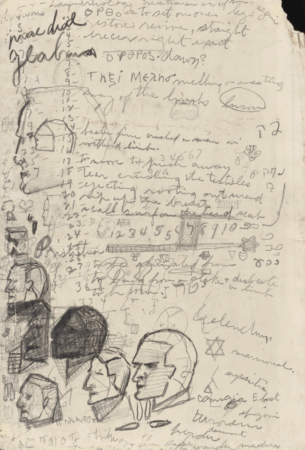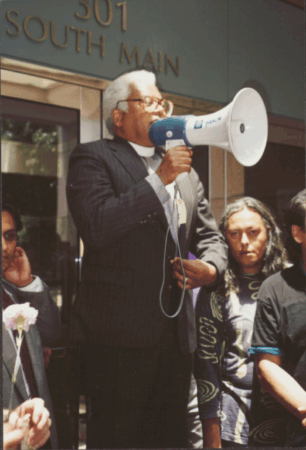
JML with Others. Documents, 1969–1999. Rev. James M. Lawson Papers. Vanderbilt University.
At its core, distinctive collection stewardship is about care—for collections, for stories, and for access. Yet at many libraries, an outsized share of staff capacity goes toward caring for something else entirely: the self-hosted systems meant to support collection management, discovery, and preservation.
For Vanderbilt University’s Jean and Alexander Heard Libraries and the University of the District of Columbia (UDC), DIY solutions that had once offered flexibility had become bottlenecks, slowing innovation and restricting impact. Seeking to spend less time maintaining systems and more time advancing their missions, teams at both institutions began searching for a modern, scalable alternative. Their evaluations led them to JSTOR Digital Stewardship Services, a hosted platform that redefined what their teams could accomplish.
The challenge: The “cost of DIY”
For years, libraries have built and maintained their own digital collections platforms, designed to showcase unique materials while offering near-limitless flexibility. But for Zachary Johnson and his team at Vanderbilt, systems that had once promised freedom now led to disempowerment and confusion.
“We had so many collections and stakeholders, but no one felt empowered to customize or manage their materials without layers of mediation.”
This dependence created bottlenecks that limited productivity, especially as holdings grew rapidly. On the front end, collections weren’t visually appealing out-of-the-box, and no one had the time or skills to improve them.
- P. G. Wodehouse in an AC Royal Roadster at Hunstanton Hall, the Norfolk Home of Charles LeStrange 1928. January 1, 1928. P. G. Wodehouse Collection. Literary Collections. Vanderbilt University.
- Julian Wasser. “Muscles” the Cat Nurses Kittens on Turntable, WWDC-AM 1450, Washington, D.C., 1951. 12/31/1950. Felix E. Grant Jazz Archives. University of the District of Columbia.
At UDC, Electronic Services Librarian Michael Fitzgerald and his team faced similar difficulties. UDC’s consortially-hosted system required XML expertise and external help for even small edits. Over time, the complexity led to stagnation—even for their most prized materials. He said, “In our previous system, you needed significant technical knowledge to do anything. It became more trouble than it was worth, and it showed—where we had once been pioneers in delivering online content for jazz archives, now we were lagging behind.”
In short, the systems designed to empower these libraries and serve their unique collections were now preventing them from achieving their potential.
- Black Film Review Vol. 2 No. 3. Vol. 2, no. 3, Jan. 1986. University of the District of Columbia. Black Film Institute. Black Film Review. University of the District of Columbia.
- Family – Edelmira Massa Olivella – Design Elements for “La Natividad” – 2002. Documents, undated. Delia Zapata Olivella Papers. Vanderbilt University.
The decision: Evidence-based evaluation and team alignment
At Vanderbilt, the COVID-19 pandemic highlighted the limitations of existing systems. With reading rooms closed, digital collections needed to deliver. Library leadership took the opportunity to formally reassess their platforms, tasking Zachary’s team with an evidence-based evaluation of alternatives.
“In our previous system, you needed significant technical knowledge to do anything. It became more trouble than it was worth, and it showed—where we had once been pioneers in delivering online content for jazz archives, now we were lagging behind.”
During a pilot period, the team brought key collections into JSTOR, allowing for side-by-side comparisons. When the team presented the results back to leadership—complete with usage data, visual improvements, and clear evidence of reduced technical overhead—everyone agreed that JSTOR was the way forward. According to Zachary, “By the end of the pilot, everyone—from staff to administrators—was in agreement. When we shared our findings, everyone could immediately see JSTOR’s impact: cleaner visuals, easy analytics, no hidden IT costs.”
For UDC, the need for change became urgent when their consortium announced it would stop providing hosting services. Fitzgerald and his colleagues took this as a chance to seek something different. When they learned that JSTOR offered a hosted platform with intuitive collection management tools and exceptional discovery potential, they decided to trial it.
“Our library director saw how happy we were with how things were going with the JSTOR trial and said: ‘Why look anywhere else? This is really meeting all our needs.’”
- 1999 University Big Band Jazz Festival Program. University of the District of Columbia. Felix E. Grant Jazz Archives, 1999. University of the District of Columbia. Felix E. Grant Jazz Archives. University of the District of Columbia.
- Printed Photograph of Deer from National Geographic. Includes Handwritten Notes on Reverse, Including Hebrew Text and Sketches of Male Head and Star of David. Documents. Sidney M. Hirsch Collection. Vanderbilt University.
The experience quickly brought the team into alignment: JSTOR provided exactly what they needed to elevate their stewardship, including the UDC Jazz Forum Collection, whose rich audio and video content are well-supported by JSTOR’s robust multimedia functionality. Michael’s “library director saw how happy we were with how things were going with the JSTOR trial and said: ‘Why look anywhere else? This is really meeting all our needs.’”
For both libraries, hands-on experience provided compelling proof that JSTOR delivered what local systems could not: a hosted, reliable infrastructure that could scale with their collections.
The migration: From XML to spreadsheets
Moving off of locally hosted systems can be arduous. But, in Michael and Zachary’s experiences, the path from previous platforms to JSTOR was relatively straightforward, and promised big payoffs.
At UDC, Fitzgerald managed most of the migration himself, converting XML metadata into JSTOR-compatible spreadsheets. The transition, swiftly completed within a month, immediately simplified daily tasks. Michael said, “The migration to JSTOR was easy enough, but the amazing thing is how easy it’s been since.”
At Vanderbilt, JSTOR provided clear, predictable migration support and transparent costs—important factors for planning and budget approval. Zachary characterized the transition as “easy thanks to JSTOR’s support with moving our collections. And, with clear, set fees, it was simple to work with administrators as well as budget for future transfers.”
“Our migration was easy thanks to JSTOR’s support with moving our collections. And, with clear, set fees, it was simple to work with administrators as well as budget for future transfers.”
For both teams, predictable transfer costs and shorter timelines clarified the path forward, while simplified workflows removed friction and widened the circle of contributors.
The results: Global reach, local empowerment

Maurice Seymour. Nina Simone. Philips, 1965. University of the District of Columbia. Felix E. Grant Jazz Archives. University of the District of Columbia.
The impact at both institutions was immediate and significant. Whereas in the past, collection discovery required substantial promotional support from already busy staff, JSTOR drove engagement without any support from local teams. Michael described, “We instantly saw results—people that were already on JSTOR, doing research were discovering our collections. We see outstanding usage from all over the world, which we never saw with previous platforms.”
Meanwhile, at Vanderbilt, an anecdote drives the point home. After quietly publishing a collection on a Friday, with plans to begin the marketing lift the next week, Zachary received a Monday-morning call from a researcher in Germany who found a newly published collection almost immediately—with no publicity required.
On the backend, easily accessible and exportable analytics turn anecdotes into evidence—crucial for demonstrating impact, often a key aspect of internal assessment. According to Zachary, “I can demonstrate usage and reach at the drop of a hat—and show that key numbers have quadrupled since our move to JSTOR.”
Also important and just as immediate: the palpable decrease in burden on local teams. Collections looked polished with minimal effort, and non‑developer colleagues could help. Zachary explained, “With JSTOR, everything looks good out of the box. We don’t need to invest in design on our side, and can focus on other things. Plus, it’s super easy to learn and use—students and others with less expertise can have limited access to do important work.”
“I can demonstrate usage and reach at the drop of a hat—and show that key numbers have quadrupled since our move to JSTOR.”
For the team at UDC, staff no longer needed to queue tickets to make routine edits; all that was required was a basic knowledge of spreadsheets. According to Michael, “We’re far more productive now, and it’s easy to move from dream to reality. Our team can easily implement ideas and improvements without waiting for someone else’s assistance.”
The new, simplified workflows allowed both institutions to streamline their staff’s efforts,and see the immediate impact of their collective work.
Move beyond DIY
By moving to JSTOR Digital Stewardship Services, Vanderbilt University and UDC replaced complexity with clarity, and centered their collections rather than their systems. Freed from the constraints of local hosting, their teams now have the time, tools, and flexibility to steward collections more effectively.
If your institution relies on a DIY or locally hosted repository, evaluate it against a hosted option with real collections.
Request a demo and learn how JSTOR Stewardship can support your institution with preservation, metadata, and discovery within a hosted workflow.
